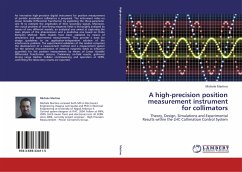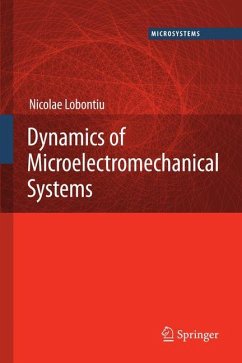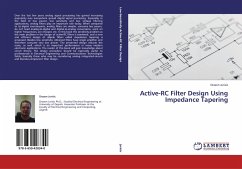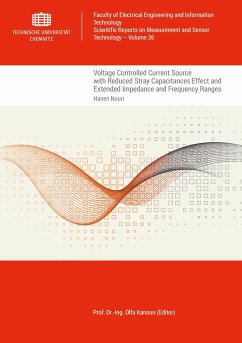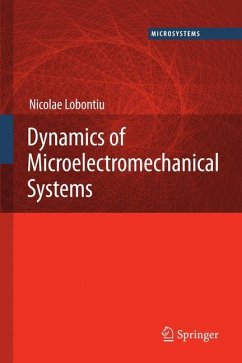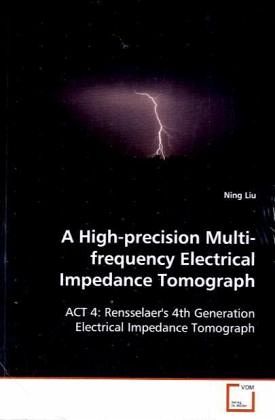
A High-precision Multi-frequency Electrical Impedance Tomograph
ACT 4: Rensselaer's 4th Generation Electrical Impedance Tomograph
Versandkostenfrei!
Versandfertig in 6-10 Tagen
45,99 €
inkl. MwSt.

PAYBACK Punkte
23 °P sammeln!
This book describes the design and architecture of ACT 4, Rensselaer's 4th generation electrical impedance tomograph. ACT 4 has a modular design that can support up to 72 electrodes. The instrument is able to apply either voltages or currents to all the electrodes simultaneously and to measure the resulting currents or voltages. ACT 4 is also able to work with discrete excitation frequencies in the range from 300 Hz to 1 MHz. To implement this high-speed, high-precision, multi-channel instrument, the analog electronics are augmented with a distributed digital system, including a computer, Digi...
This book describes the design and architecture of
ACT 4, Rensselaer's 4th generation electrical
impedance tomograph. ACT 4 has a modular design that
can support up to 72 electrodes. The instrument is
able to apply either voltages or currents to all the
electrodes simultaneously and to measure the
resulting currents or voltages. ACT 4 is also able
to work with discrete excitation frequencies in the
range from 300 Hz to 1 MHz. To implement this high-
speed, high-precision, multi-channel instrument, the
analog electronics are augmented with a distributed
digital system, including a computer, Digital Signal
Processors (DSPs) and Field-Programmable Gate Arrays
(FPGAs).The overall system architecture is presented
as well as the implementation in FPGA firmware.
Experimental results are presented that validate
system performance.
ACT 4, Rensselaer's 4th generation electrical
impedance tomograph. ACT 4 has a modular design that
can support up to 72 electrodes. The instrument is
able to apply either voltages or currents to all the
electrodes simultaneously and to measure the
resulting currents or voltages. ACT 4 is also able
to work with discrete excitation frequencies in the
range from 300 Hz to 1 MHz. To implement this high-
speed, high-precision, multi-channel instrument, the
analog electronics are augmented with a distributed
digital system, including a computer, Digital Signal
Processors (DSPs) and Field-Programmable Gate Arrays
(FPGAs).The overall system architecture is presented
as well as the implementation in FPGA firmware.
Experimental results are presented that validate
system performance.




